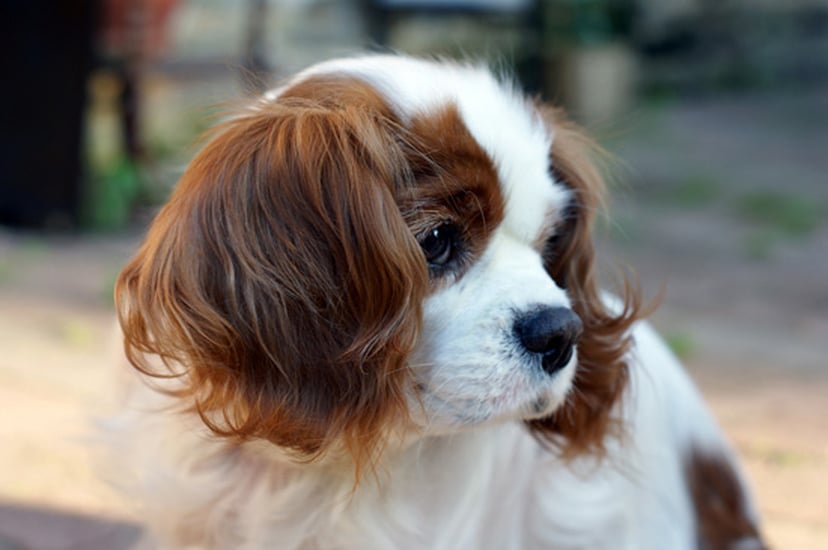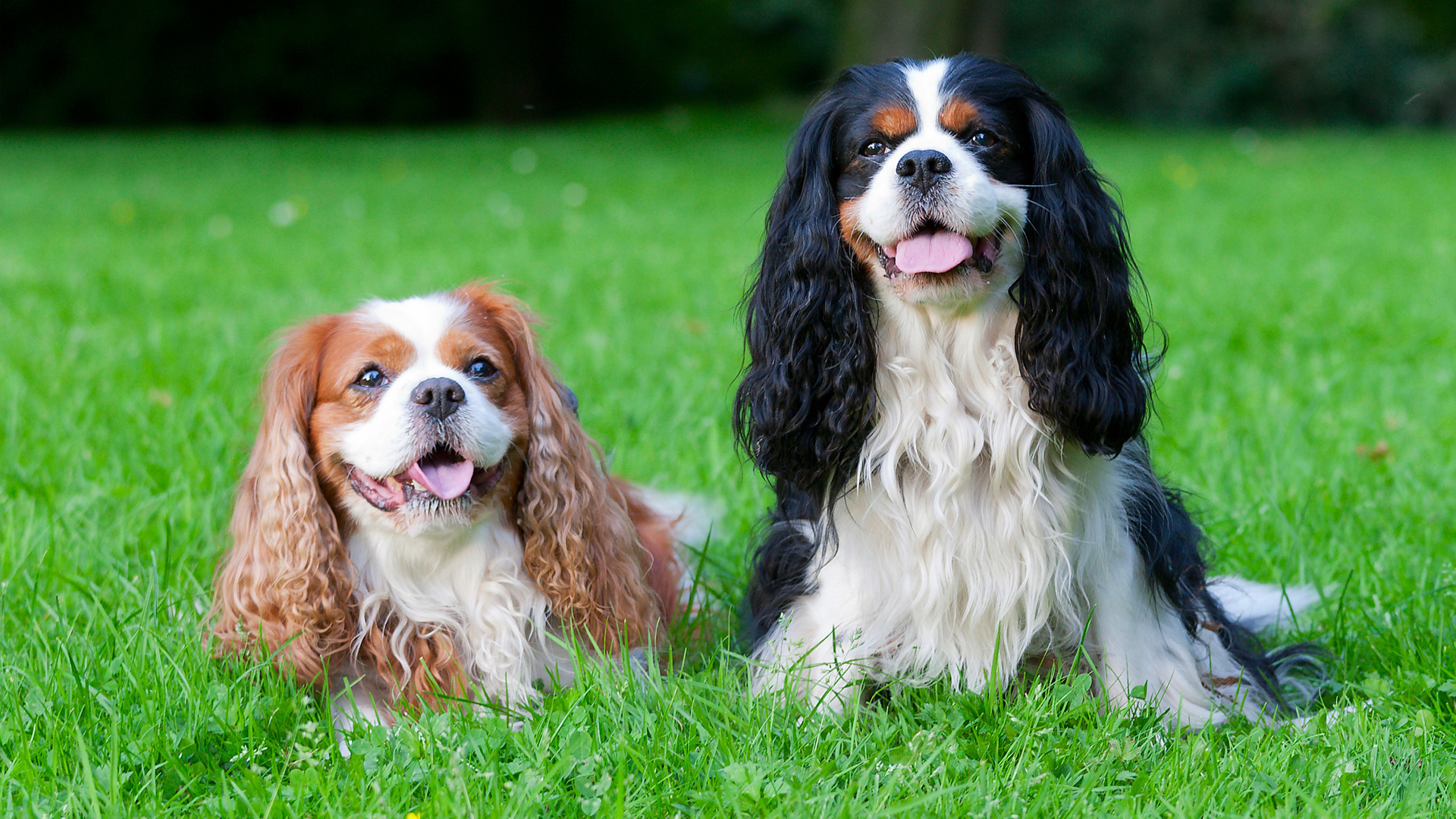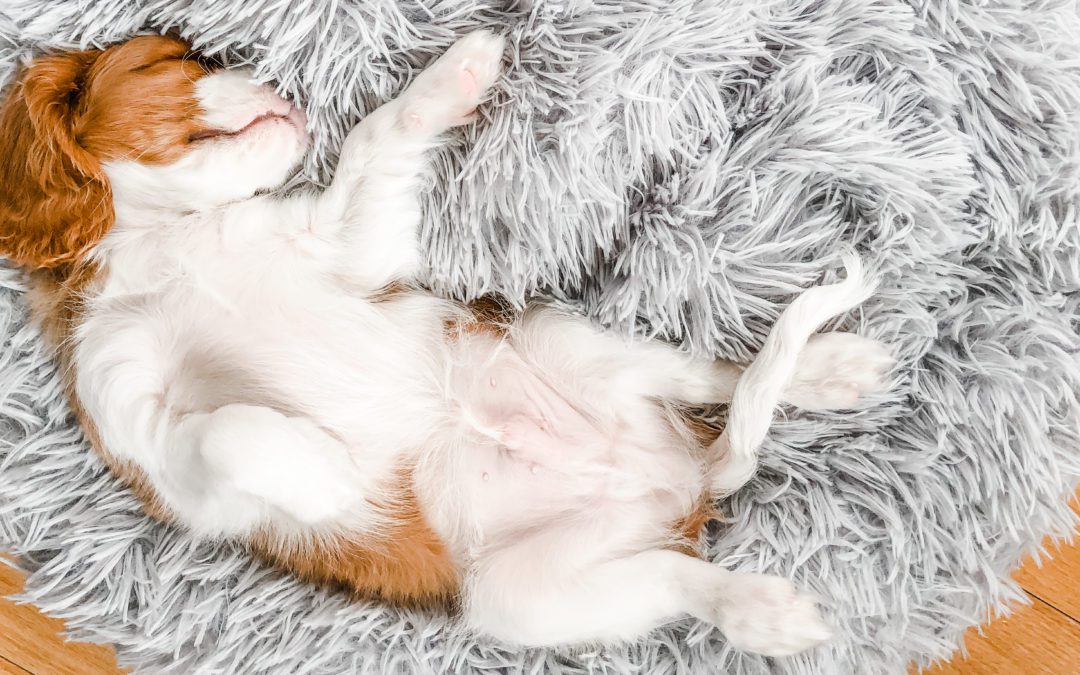The Cavalier King Charles Spaniel is a popular toy spaniel breed renowned for its gentle, affectionate, and playful temperament. With their silky coats, expressive eyes, and charming personalities, Cavaliers have captured the hearts of dog lovers worldwide. This article provides a comprehensive guide to the Cavalier King Charles Spaniel, including information on their history, temperament, care, training, and suitability as family companions.
Overview of the Cavalier King Charles Spaniel

The Cavalier King Charles Spaniel traces its origins back to 17th-century England, where it was a favored companion of King Charles II. Over time, crossbreeding influenced changes in the breed’s appearance, but its hallmark gentle and affectionate temperament remained unchanged. In the 1940s, breeders dedicated themselves to restoring the original Cavalier King Charles Spaniel type, resulting in the breed we recognize today.
Cavaliers are highly adaptable dogs, making them suitable for a wide range of lifestyles. Their eager-to-please, non-aggressive nature also makes them a good fit for households with other pets and children. When properly exercised and cared for, Cavaliers thrive as gentle, playful, and loving family companions.
Pros of the Cavalier King Charles Spaniel
- Gentle, affectionate, patient temperament
- Adaptable to apartment living or houses
- Good with children and other pets
- Minimal grooming requirements
- Eager to please, highly trainable
Cons of the Cavalier King Charles Spaniel
- Prone to certain health problems like mitral valve disease
- Can be noisy/vocal at times
- Prone to separation anxiety if left alone for long periods
- Need regular exercise and playtime
- Require frequent human interaction/companionship
Similar Breeds to the Cavalier King Charles Spaniel

- Blenheim King Charles Spaniel – Closely related Cavalier variety with red and white coat and similar temperament
- English Toy Spaniel – Small spaniel breed also friendly and gentle but with more energy
- Papillon – Small, energetic breed with feathery ears, more frequent grooming needs
- Havanese – Affectionate, playful small dog with highly social temperament, nonshedding coat
- Cocker Spaniel – Gentle like the Cavalier but larger in size, more demanding exercise needs
Tips and Advice For Cavalier Owners

Choose a Reputable Breeder
Work with responsible breeders who screen breeding dogs for major health issues like mitral valve disease and syringomyelia. This helps reduce risk of these conditions in puppies.
Socialize From a Young Age
Early positive exposure to a wide variety of people, animals, places and stimuli helps Cavaliers develop into well-adjusted, friendly adult dogs.
Train With Positive Reinforcement
Cavaliers respond exceptionally well to positive reinforcement training and gentle guidance. Reward-based training strengthens the human-canine bond.
Provide Plenty of Companionship
Cavaliers thrive on constant human interaction and can develop separation anxiety if frequently left for long periods. They make ideal companions for retirees or work-from-home owners.
Monitor Weight Carefully
Cavaliers love treats and some have a tendency to overeat. To prevent obesity and strain on joints, carefully regulate diet and treats.
How Cavaliers Compare to Similar Breeds

Activity Level
While energetic, Cavaliers have lower exercise demands than working/sporting breeds. They require less intense activity than Papillons or Cocker Spaniels but more than Toy Spaniels or Havanese.
Trainability
Eagerness to please makes training Cavaliers easier than more independent breeds like Papillons. However, Toy Spaniels may be slightly more obedient.
Family Friendliness
The Cavalier’s patient, gentle nature makes them arguably the best choice for households with young children compared to the other breeds.
Grooming Frequency
The Cavalier’s silky coat requires brushing 2-3 times per week, less frequent than long-haired Papillons and Havanese who require daily brushing.
In many regards, the Cavalier King Charles Spaniel represents one of the most well-rounded small companion breed options available. Their versatility enables them to not only thrive in a variety of homes but also form strong bonds with all members of the family.
Conclusion
With their sweet, gentle temperaments, playfulness, and affectionate nature, Cavalier King Charles Spaniels have endeared themselves to dog enthusiasts across the world. As highlighted in this guide, when purchased from responsible breeders, properly trained and cared for, Cavaliers make delightful companions for individuals, couples, and families with children. Their adaptability also makes them an ideal choice for those living in apartments or smaller dwellings. If you seek a loving, bright-eyed lapdog that enjoys nothing more than being close to their cherished people, the Cavalier King Charles Spaniel would surely fit the bill splendidly.
Pingback: Exploring the Charm of the English Toy Spaniel